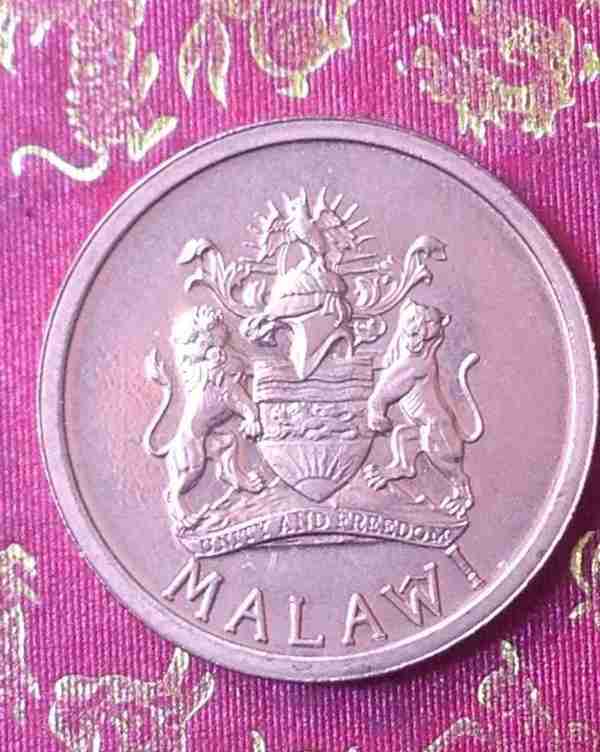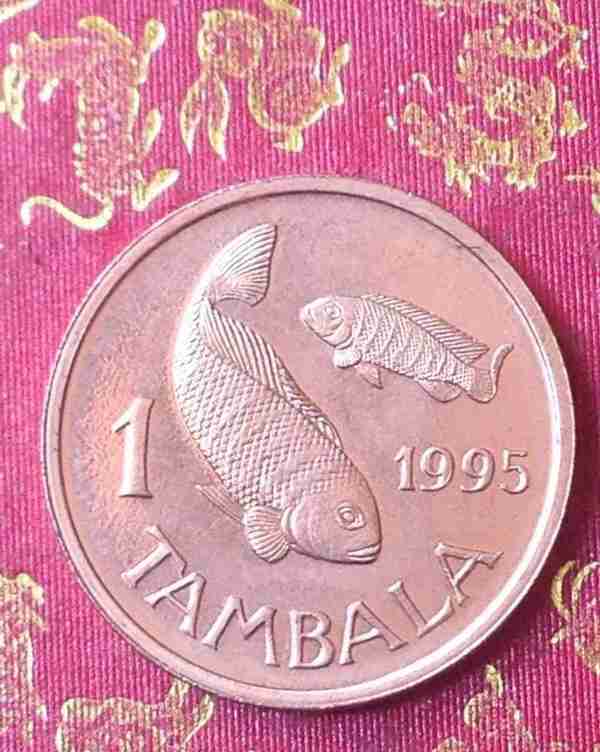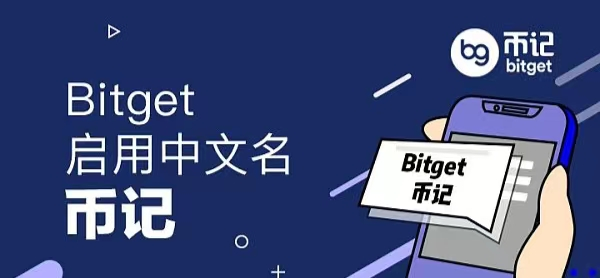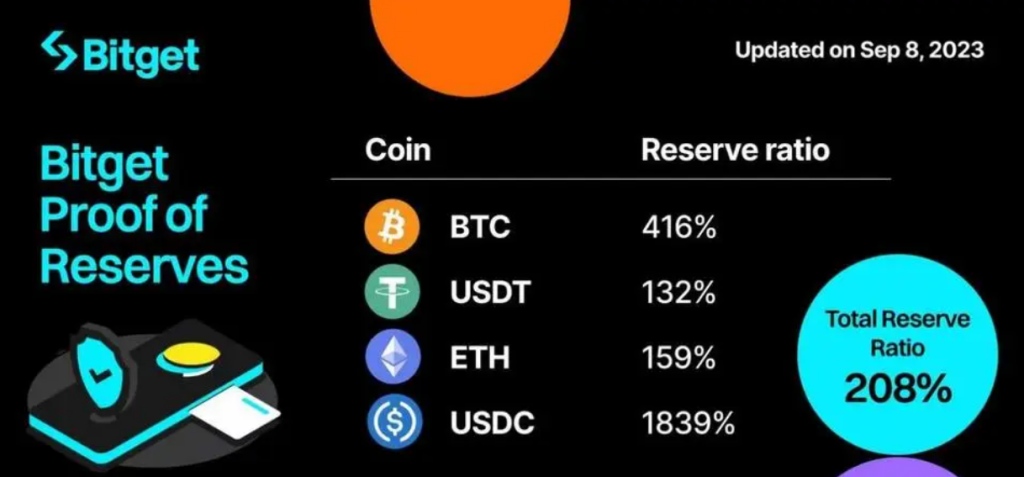马拉维共和国1995年1坦巴拉硬币(收于2020年)马拉维共和国简称马拉维,位于非洲东南部的内陆国家。国土面积11.8万平方公里。人口1809.2万。国家领袖:拉扎勒斯·查克维拉;首都:利隆圭。
6世纪班图人开始大批进入马拉维湖的西北一带,并在马拉维及毗邻地区定居。1891年英国正式宣布这一地区为"英属中非保护地"。1953年10月,英国强行将该地同南罗得西亚(今津巴布韦),北罗得西亚(今赞比亚)组成"中非联邦"。1963年2月1日实行内部自治。1964年7月6日独立,改名马拉维。1966年7月6日宣布成立共和国。
马拉维奉行睦邻友好和不结盟的外交政策。是非洲联盟、不结盟运动、南部非洲发展共同体、东南部非洲共同市场等国际和地区组织的成员国,与90多个国家建立了外交关系。2007年12月28日马拉维与中国建立正式外交关系,同时断绝了与台湾保持的41年的"外交关系"。
马拉维是农业国,经济十分落后,世界最不发达国家之一,严重依赖国际援助。烟草是其最重要的经济作物,非洲主要烟草生产国之一。渔业资源丰富,是马拉维的主要产业之一。2005年起实施"增长与发展战略",得到国际货币基金组织的支持。世界银行、非洲开发银行逐渐恢复对马援助。马拉维沿袭英国教育制度。小学8年免费义务教育。实行福利性医疗制度。
马拉维克瓦查是马拉维的流通货币。辅币名称坦巴拉。1克瓦查=100坦巴拉。此1坦巴拉硬币正面主图为国名和国徽。国徽中心图案为盾徽。盾面分三部分:上部蓝白相间的波纹象征马拉维湖,中间的狮子图案表示该国在历史上与英国的联系,下部的太阳图案来自1924年尼亚萨兰的徽记。盾徽上端是雄鹰、太阳、银盔、花冠图案,两侧有狮子和豹,下端的山峰图案象征该国南部的姆兰杰山,绶带上用英文写着"团结和自由"。背面主图为发行年份、面额和两条游动着的鱼,象征深可达700多米的马拉维湖中很多世界独一无二的淡水鱼种类。Malawi is a landlocked country in southeast Africa. The land area is 118,000 square kilometers. The population is 18.092 million. National leader:Lazarus Chakwera; Capital: Lilongwe.
In the 6th century, Bantu people began to enter the northwest of Lake Malawi in large numbers and settled in Malawi and its adjacent areas. In 1891, Britain officially declared this area as a "British Central Africa Protected Area". In October 1953, Britain forcibly formed the Central African Union with southern rhodesia (now Zimbabwe) and Northern Rhodesia (now Zambia). Internal autonomy was implemented on February 1, 1963. On July 6, 1964, it became independent and changed its name to Malawi. The Republic was proclaimed on July 6, 1966.
Malawi pursues a foreign policy of good-neighborliness and non-alignment. It is a member of international and regional organizations such as the African Union, the Non-Aligned Movement, the Southern African Development Community and the Common Market of Southeast Africa, and has established diplomatic relations with more than 90 countries. On December 28, 2007, Malawi established formal diplomatic relations with China, and at the same time broke off the "diplomatic relations" with Taiwan for 41 years.
Malawi is an agricultural country with a backward economy. It is one of the least developed countries in the world and relies heavily on international assistance. Tobacco is the most important cash crop. It is one of the major tobacco producing countries in Africa. Rich in fishery resources, it is one of the main industries in Malawi. Since 2005, the "Growth and Development Strategy" has been implemented with the support of the International Monetary Fund. The World Bank and the African Development Bank gradually resumed their assistance to Malawi.Malawi follows the British education system. Eight-year free and compulsory primary education. Implement welfare medical system.
Malawian Kwacha is the currency of Malawi. Secondary currency name Tambala. 1 kwacha =100 Tambala. The front main picture of this 1 Tambala coin shows the name and national emblem. The central pattern of the national emblem is the coat of arms. The shield is divided into three parts: the blue and white ripples in the upper part symbolize Lake Malawi, the lion pattern in the middle represents the historical connection between the country and Britain, and the sun pattern in the lower part comes from the emblem of Nyasaland in 1924. On the top of the crest are eagle, sun, silver helmet and corolla patterns, with lions and leopards on both sides, while on the bottom, the mountain peak pattern symbolizes Mulanjie Mountain in the south of the country, and the ribbon reads "Unity and Freedom" in English. The main picture on the back shows the release year, denomination and two swimming fish, symbolizing Lake Malawi, which is more than 700 meters deep and has many unique freshwater fish species in the world.



 上一篇
上一篇



